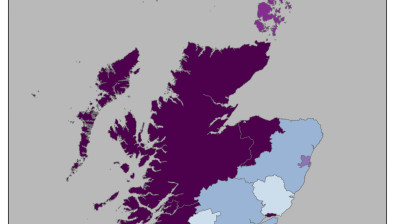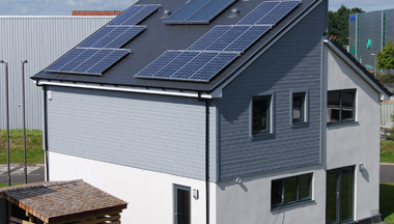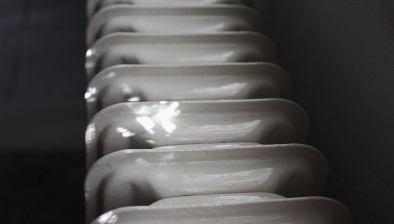Call for improving ‘scourge of cold homes’ to be Scotland’s next big infrastructure project
 With a scheduled six months to go until Scotland’s newest bridge, the Queensferry Crossing, is set to be opened, campaigners are calling for the country’s next big infrastructure project to be one that makes a difference to people’s homes in every part of Scotland, whilst also helping to realise a more socially-just and low-carbon future.
With a scheduled six months to go until Scotland’s newest bridge, the Queensferry Crossing, is set to be opened, campaigners are calling for the country’s next big infrastructure project to be one that makes a difference to people’s homes in every part of Scotland, whilst also helping to realise a more socially-just and low-carbon future.
The Scottish Government will have almost £10 billion to spend on capital investment over the next three years.
Members of the Existing Homes Alliance are calling for the forthcoming Spending Review to include significant investment in a National Infrastructure Priority for energy efficiency, with an overall goal for all housing to be warm and healthy by 2025, helping all homes to reach the Energy Performance Certificate (EPC) band C.
The Alliance, whose members include WWF Scotland, Changeworks, and the National Insulation Association, argues that such a move would help the 35 per cent of households in Scotland currently in fuel poverty, save the NHS money and create new jobs. Unlike other infrastructure projects, they say these jobs would be spread around every part of Scotland, creating and sustaining many small and medium sized businesses.
Alan Ferguson, chair of the Existing Homes Alliance, said: “Construction of the Queensferry Crossing has been a major infrastructure investment project for the Scottish Government, and with 6 months to go to its completion, the time is now right for the Scottish Government to say that investment in ending the scourge of ‘cold homes’ will be its next big infrastructure project.
“It’s well accepted that investment in infrastructure is good for the economy, but a major investment in energy efficiency will also help tackle fuel poverty, address health inequalities and reduce our climate change emissions.
“In addition, such a move would create up to 9,000 jobs, spread across all of Scotland, unlike other infrastructure projects. No other capital investment can make such a social and economic difference to every part of the country, making investment in ending ‘cold homes’ an infrastructure investment of truly national importance.”
Irene Johnstone, head of the British Lung Foundation in Scotland, said: “The Scottish Government needs to increase its emphasis on preventing poor lung health. We know cold, damp and mouldy homes cause illnesses, including lung disease, which places additional strain on our health and social services. It therefore seems obvious that improving the condition of Scotland’s homes is a key component to the overall preventative healthcare agenda.
“Research shows that as a minimum properties should be raised to an Energy Performance Certificate band C to help reduce the risk of death and ill health associated with living in a cold home. Now is an excellent time for the Scottish Government to declare that its next big infrastructure project will be one that improves the health and wellbeing of the hundreds of thousands of people currently living in a cold and draughty home.”
Fabrice Leveque, climate and energy policy officer at WWF Scotland, said: “Heating Scotland’s buildings accounts for over half of our climate change emissions. Ensuring every home reaches a C Energy performance standard by 2025 is the minimum level of ambition required to allow our climate change targets to be met.
“A recent independent Infrastructure Task Force identified energy efficiency as one of the three types of low-carbon infrastructure most in need of investment from the Scottish Government. A political commitment that no-one should live in a hard-to-heat, draughty home would be good for millions of households, and would drastically reduce emissions too.”























